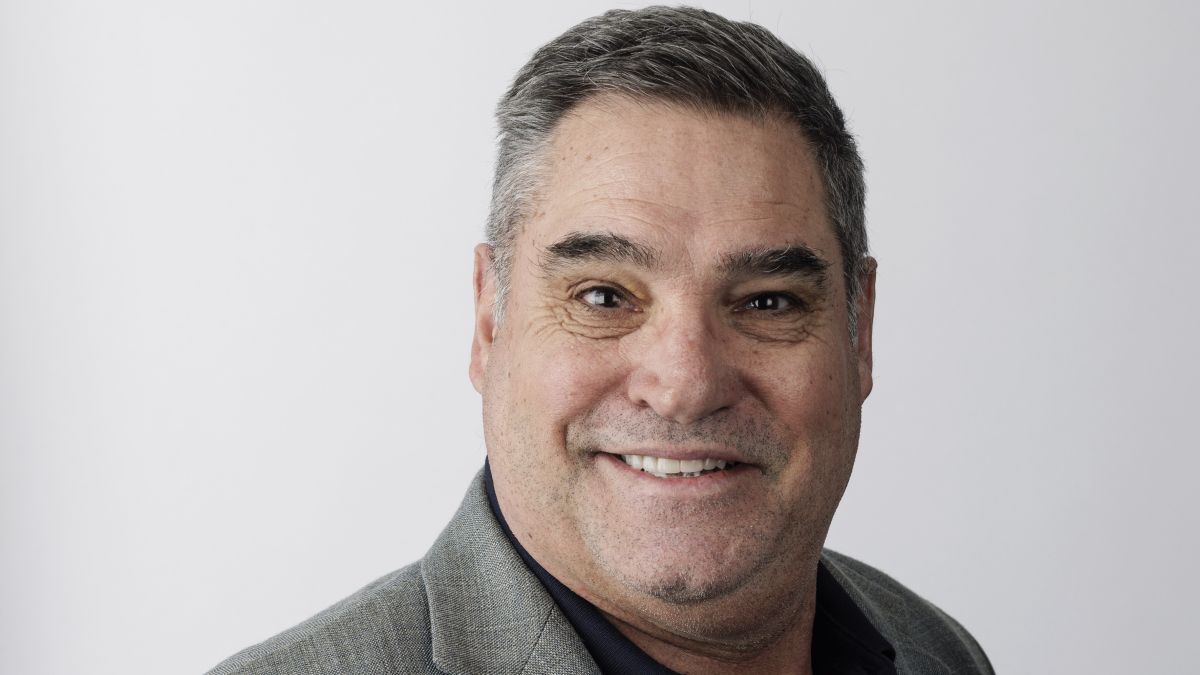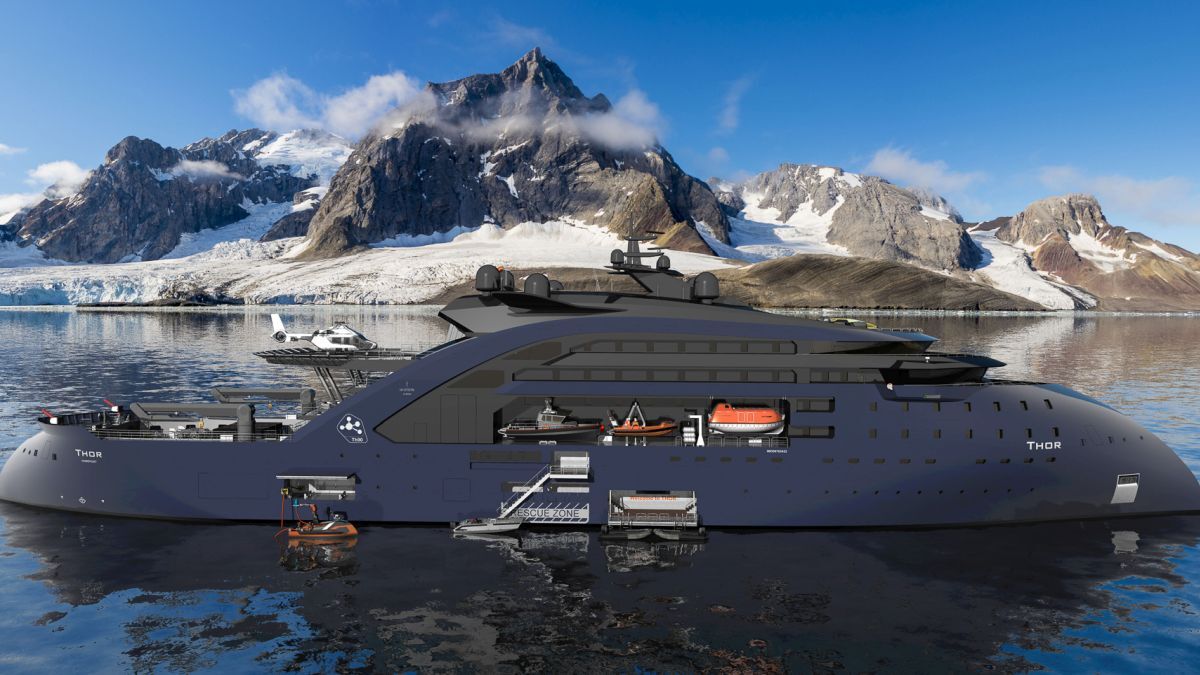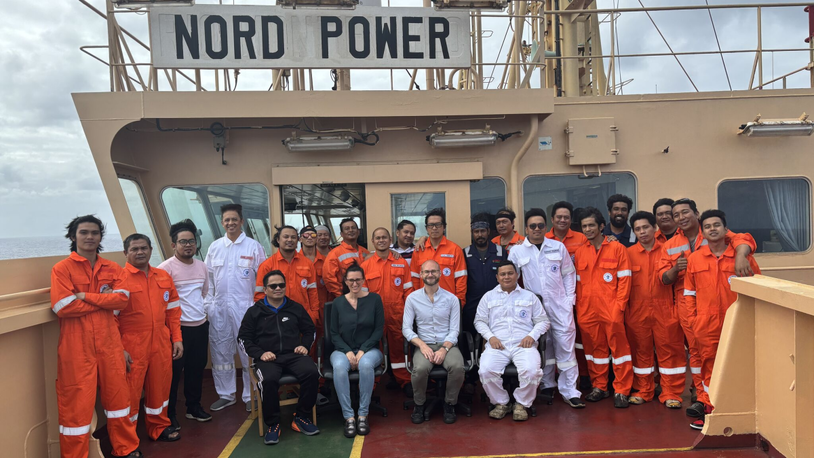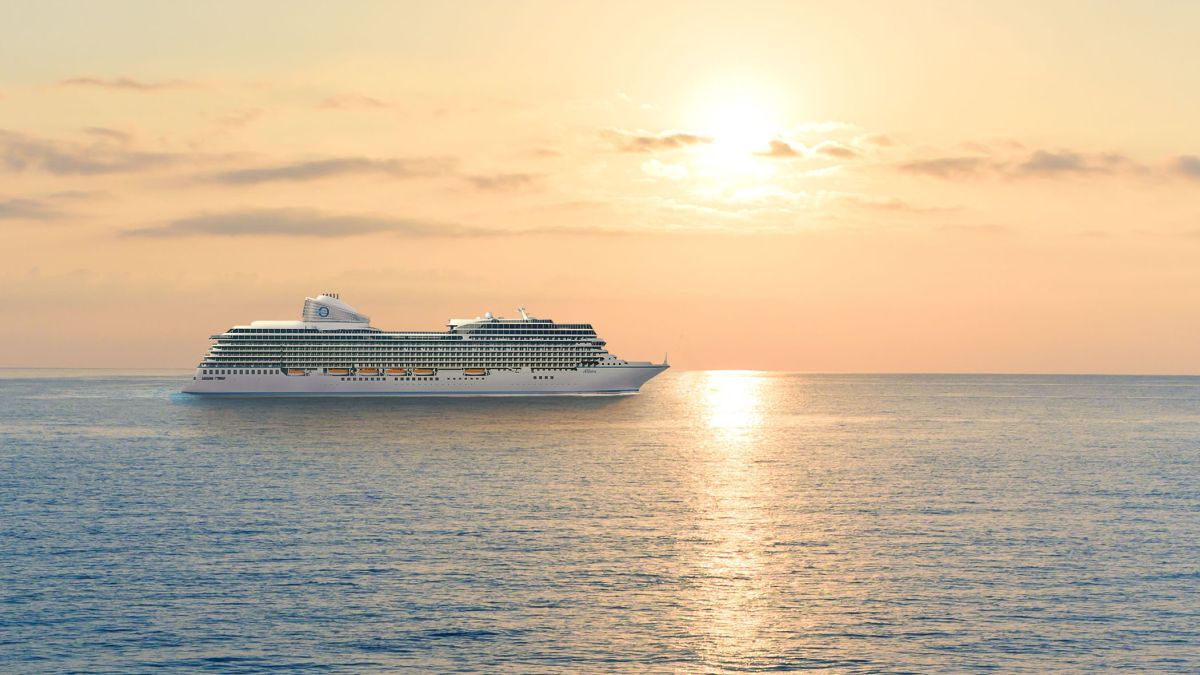Business Sectors
Events
Contents
Register to read more articles.
A green maritime future: time to talk thorium
Is there a proven, ‘silver-bullet solution’ waiting to be explored? Institute for Energy Technology (IFE) principal engineer Robert McDonald says it is time to shine the spotlight on the potential of thorium and small modular reactors
This abundant, naturally occurring metal is a clean, efficient fuel with extraordinary energy density. One tonne of it produces the same energy as 3.5M tonnes of coal.
Its byproducts are significantly safer than uranium (plutonium is not produced under fission) and, with shorter half-lives, degrade far faster. It does not need to be enriched and is not challenging to access. It is also a completely zero-emissions fuel.
Why is it not being considered as an alternative fuel to power shipping towards a zero-emissions horizon?
“Now it is… and that’s hugely exciting,” says Mr McDonald.
He is referring to the vessel concept released by Ulstein in April this year – Ulstein Thor, the world’s first thorium-powered ship to enable zero-emissions cruise operations.
This 149-m 3R (replenishment, research and rescue) design features a thorium molten salt reactor (MSR), which works by dissolving thorium into liquid salt, causing a chain reaction that produces steam to drive a turbine, creating huge amounts of clean electricity.
Battery-operated vessels could then plug into this ‘floating power station’ and recharge anywhere in the world, effectively transferring maritime’s shortsea battery revolution to deepsea operations.
It is, Mr McDonald says, “a fantastic idea” with what he deems to be “possibly one of, if not the, most feasible alternative future fuels for maritime”.
He adds, “This is a conversation we need to have. Industry and society need to talk about thorium.”

Small is beautiful
Mr McDonald has been working with nuclear power since 1985 and with IFE for the last eight years. The Norwegian organisation is a frontrunner in international energy research, with over 650 expert employees. Operating as a not-for-profit, IFE is funded through a combination of government grants and commercial contracts, working to support industry, society and a broad range of stakeholders in the investigation and development of more energy-efficient processes and renewable energy solutions.
For the last few years, small modular reactors – of the same sort Ulstein aims to deploy in Thor – have been a key area of interest.
“A small modular reactor is a nuclear reactor with a power output of 10-300 MWe,” he explains. “They are efficient, easy to install – typically built in factories with the last 10% assembled on site – easily scalable, safe (with very few moving parts and almost zero maintenance) and, unlike other renewables, only require a very small footprint.
“At the moment there are more than 70 small and micro designs under development, with typical uses for applications such as district heating, desalination, general electricity generation and hydrogen production. Considering them for the maritime industry is a new idea… and one that’s very relevant. They could prove to be an essential piece of the zero-emissions puzzle for a huge number of applications. In a way, they’re perfectly suited.”
Unique benefits
Mr McDonald explains that, in the case of thorium MSRs, they almost never need to be refuelled – with the salt removed from the reactor only every three to seven years (depending on its specifications). This would mean no bunkering, no regular stops and operational windows that could be tailored to fit the task, rather than a vessel’s fuel tank capacity.
He singles out how this would lead to opportunities for vessel sectors including cruise ships.
Waste is minimal and, in the case of MSRs, the old salt is simply reprocessed to remove the byproducts (primarily uranium 235) which can then be used as a new reactor fuel.
Mr McDonald says “And although there are no thorium reactors up and running today, it is a proven technology, with the earliest examples operating in the 1950s and 1960s.
However, that also means, unlike uranium, there is currently no supply chain. But as thorium is around three times more abundant in the Earth’s crust than uranium – and there is a lot in Norway – it is simply a matter of starting up the mining process.
The greatest hurdle, however, probably will not be accessing the fuel or bringing the necessary SMR technology to market. It will, of course, be acceptance.
Mr McDonald acknowledges the word ‘nuclear’ has different connotations for different audiences, and not everyone’s associations are as positive as his. As such, the development of necessary regulations and a willingness within society globally to embrace thorium-powered ships will be crucial.
Mr McDonald says, “What people don’t realise is that nuclear-powered ships already call at ports around the world every day… and have been doing so since 1955.”
Today, there are around 100 maritime reactors in use, on a wide variety of vessels ranging from submarines, to aircraft carriers and icebreakers. These are proven, he stresses, and safe.
“The military follows regulations whereby they are expected to keep the reactors safe and ensure no unauthorised people gain access to it,” Mr McDonald explains. “I expect those regulations would be the same in a commercial scenario. But remember, there is no plutonium produced in thorium reactors – meaning the byproducts don’t have the same potential for weaponisation – and why would anyone want to gain access? If the reactor is running you wouldn’t survive exposure.”
He is quick to add that any maritime reactor would be in a sealed, self-contained, lead-lined compartment that is built for complete security and containment. If there is a loss of power, it automatically shuts down and even in the worst-case scenarios of crashes or the loss of a vessel – as the world saw with the nuclear submarine Kursk in 2000 – there is no reason to expect radiation leaks or spills.
IFE and Ulstein are not alone in their interest in thorium and MSRs in the maritime context. Seaborg from Denmark is developing a floating power barge that could support grids, complement other renewables and be used for both sea- and land-based industry.
Mr McDonald sums up, “The arrival of the THOR concept has really supercharged interest and, in my opinion, this is just the start. Expect to hear a lot more about thorium in the near future.”
Marine Propulsion & Marine Lubricants Webinar Week will be held from 30 August 2022. Register your interest and access more information here
Related to this Story
Women in Maritime Today: Elin Saltkjel says no day working in maritime is dull
Events
Maritime Environmental Protection Webinar Week
Cyber & Vessel Security Webinar Week
The illusion of safety: what we're getting wrong about crews, tech, and fatigue
Responsible Ship Recycling Forum 2025
© 2024 Riviera Maritime Media Ltd.














